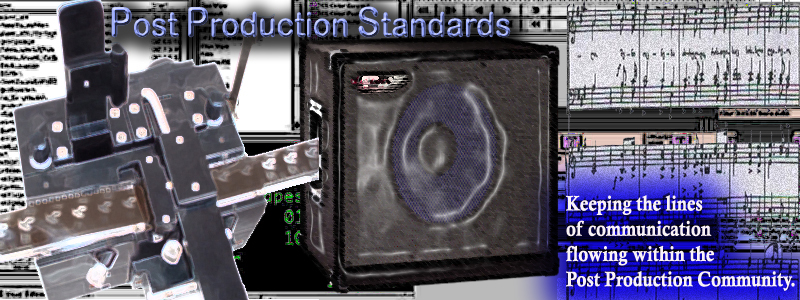One of the most important things you can do as a Picture Assistant, is to manage your tracks properly during the first cut and keep to that management. This makes turnover to the other Editing Departments much easier...and better for them as well. Here is a sample of how I do my shows:
COLOR CODE YOUR CLIPS - Color coding SFX, MX, VFX, etc. a specific color in your bin when you bring these clips in, gives you a visual reference in your timeline.
In Timeline Menu, make sure to check Source, Local, and Offline in Clip Color. Make sure Dupe Detection is checked.
To change color of a clip in a bin, select the clip(s) and then choose a color from "clip color" in the Edit Menu.
To change color of a clip within the timeline, highlight the clip with the red sequence arrow (at the bottom of the timeline screen), and select clip color from the Edit Menu.
Blue = TRK - MUSIC
Yellow = TRK - SOUND FX
Orange = QUICK TIME / MIC SOUND
Cyan = PIX - DAILIES TB VFX
Green = PIX - TEMP VFX
Rose = PIX - CAMERA PROBLEM
Red = MEDIA OFFLINE (Don’t use this color for anything else)
ORGANIZE YOUR TRACKS - Setting up a standard of what goes on which tracks in picture editorial keeps things organized for both yourself and other departments.
AUDIO TRACKS 1->3 = PRODUCTION (DIA, WT, ETC)
AUDIO TRACK 4->6= MONO SFX
AUDIO TRACKS 7->8 = STEREO MX
Use Direct Out (located in Audio tool). For Tracks 1->6, have mixer pans at center. For Track 7, have mixer paned left. For Track 8, have mixer panned right. Then use your audio tool to play out -20db Tone and set each track on your Mixer Board to 0.

2 comments:
Music tracks are always more complicated than they should be. I mostly cut with one channel (usually Right), on to Avid channels 7 or 8. The music generally sounds fine, and is less work mixing against dialogue and effects. If I have to cut stereo, I use 7/8 and 9/10 as stereo pairs. This works in the Adrenaline where you have more than 8 tracks. If you have to go wider with sound effects, subclip the sequence, cut as many effects needed there, then do an audio mixdown. Cut the mixdown into your sfx track. Be sure to save the sub-sequence so you can re-construct your work.
Thank you for the tip, Harry.
Post a Comment